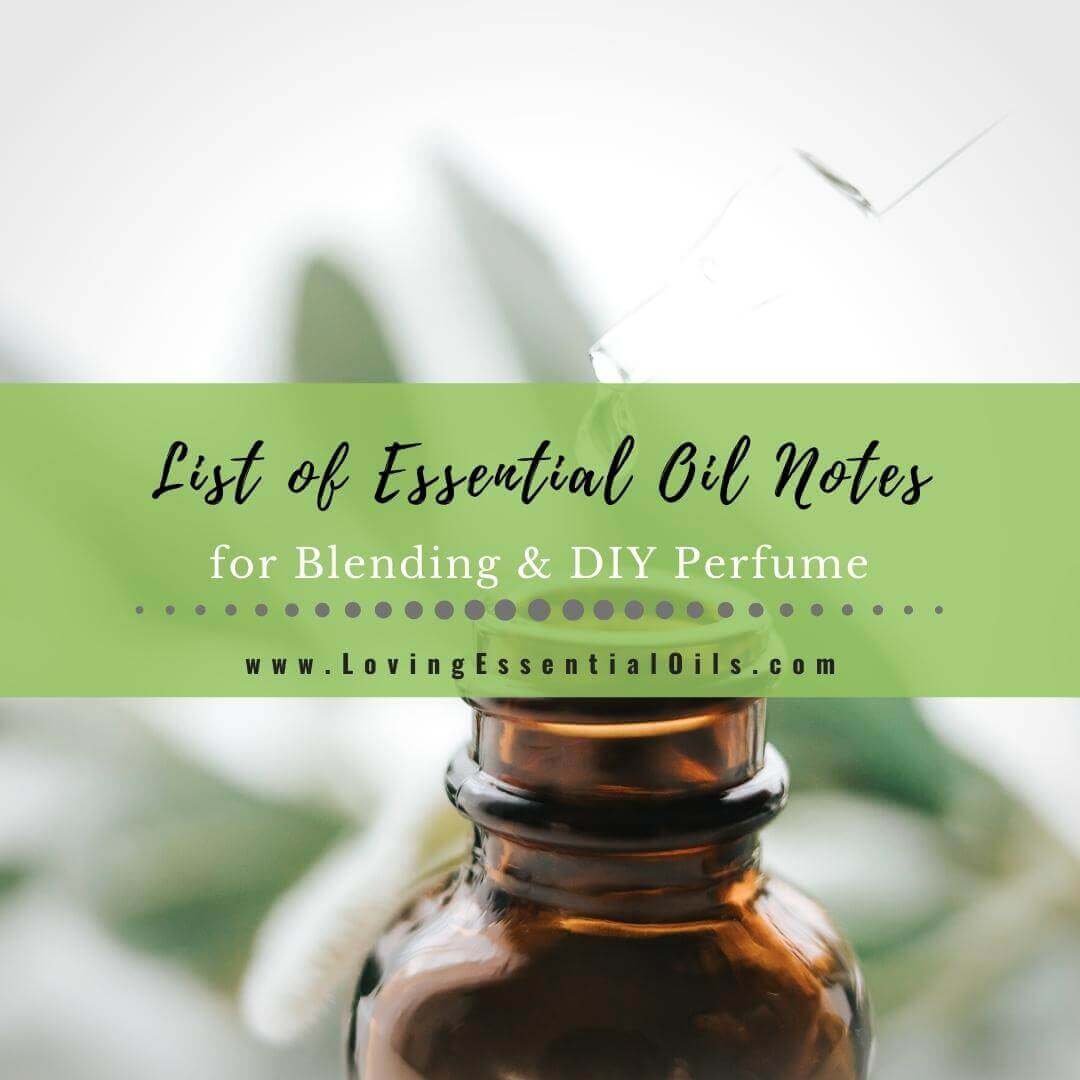There are plenty of pungent, smelly substances out there in the world that can do a body good. But few of them are as recognizable and beneficial as tea tree oil. Also known as Melaleuca oil, tea tree oil is derived from the leaves of the tea tree, a native Australian tree.
Tea tree oil has a host of germicidal properties and can help with everything from dandruff and acne to athlete’s foot. And thanks to modern technology, it’s now possible to get all the benefits of tea tree oil in an easy-to-use diffuser.
Tea Tree Oil Blends Well With
Tea tree oil is known for its strong, medicinal scent and works well when blended with citrusy oils such as lemon, orange or tangerine, floral oils like lavender, and woody-scented essential oils such as pine.
Experiment with different combinations to find the best scent for you. Different scent combinations have their own unique properties that can increase the therapeutic power of each oil used.
For instance, some suggest combining Tea Tree oil with Lavender and Eucalyptus for a cold or sinus-related issue; this particular blend is believed to provide relief in the form of anti-inflammatory and antibacterial benefits.
You may want to combine Tea Tree oil with sweet orange for an uplifting mood and stress reduction; this blend has a calming effect on emotions, as well as enhancing relaxation.
Benefits of Aromatherapy Blends
An aromatherapy blend is a mixture of differently scented oils that work in combination to create an enhanced fragrance. The benefit of aromatherapy blends is that they can be tailored to the needs and preferences of the user.
Aromatherapy blends are created from combining essential oils, and they can offer wide-ranging benefits for our mental and physical health. Generally speaking, aromatherapy blends have the potential to soothe skin irritations, boost your mood and energy levels, ease fatigue and stress, improve sleep quality, help fight infections, and more.
In particular, blends made with tea tree oil can have antimicrobial benefits making them helpful in blends for nail fungus, athlete's foot, dandruff, pimples, lice, and other bacterial or fungal skin conditions.
Tea Tree and the Limbic System
Aromatherapy is highly effective due to its ability to activate certain parts of the limbic system in the brain – a part of the brain associated with emotions, behavior, memory formation and recall.
Moreover, research has confirmed that the antibacterial properties of tea tree oil may be effective against some types of bacteria, including acne-causing bacteria and fungal infections, like athlete’s foot.
Ultimately, whether you're looking to relieve stress or address a specific physical condition with essential oils, tea tree oil blends can be an excellent way to reap the benefits of aromatherapy.
With countless combinations available from various essential oil brands on the market today – not only with tea tree but herbs and other oils too – it’s easier than ever to find exactly what you need for your unique situation.
Essential Oils to Combine with Tea Tree Oil
When choosing which essential oils to combine with tea tree oil, it is important to consider the type of therapeutic benefits that you are looking for.
For example, rosemary and lavender essential oils can help to reduce stress and anxiety, while lemongrass can boost energy and focus.
Combine other oils, such as chamomile, peppermint and marjoram, with tea tree oil to provide a sense of comfort and relaxation or freshness and invigoration.
Ultimately, what ingredients are added to your blend will depend on the desired results. With this in mind, creating an aromatherapy blend that combines fragrance with therapeutic benefits can be both fun and beneficial.
When done strategically, this can result in a powerful sensory experience that can help those using it find balance in their health and well-being.
Lavender, Peppermint and Tea Tree Oil
Combining lavender and peppermint oil with tea tree oil can have uplifting or calming properties depending on the desired effect. Creating a unique blend of essential oils is a way to combine both the aesthetic and therapeutic effects, but the results may be different for everyone and trial and error may be required to determine what works best.
How to Mix Tea Tree Oil with Lavender and Peppermint
Mixing tea tree oil with lavender and peppermint essential oils is easy. Simply add a few drops of each oil to your diffuser, and enjoy the beautiful aroma that they create together. You can adjust the amount of each oil based on your personal preferences, but a good rule of thumb is to use equal parts of each oil.
Combining Fragrance and Therapeutic Benefits
The combination of different essential oils has the potential to enhance not only their therapeutic, but also their olfactory properties. Different combinations of essential oils provide surprising blends as each oil is thought to bring something unique to the mix.
With so many different combinations out there, crafting a signature blend can be a great way to satisfy both medicinal and olfactory needs. Creating a blend tailored specifically for your desired outcome can lead to an enjoyable aromatherapy session while providing beneficial components such as pain relief and stress reduction.
While the scent will be key when creating your own blend, it is important to get familiar with the various different essential oils available and understand how they work together before mixing certain oils together.
Creating Your Own Blends
With the right combination of essential oils, you can create your own custom blends with tea tree oil. Whether you’re looking to add a pleasant fragrance or achieve specific therapeutic benefits, experimenting with combinations of different essential oils is often worthwhile.
For example, if you’re looking to make a mixture that is uplifting, try combining tea tree oil with peppermint oil, which has been shown to reduce stress and improve moods.
On the other hand, if you’re more interested in creating something calming, adding lavender oil to your blend may be beneficial as it has been known to have relaxing properties.
Ultimately it comes down to trial and error when creating essential oil blends. What works for some may not work for others. Despite this, setting out to create unique combinations of essential oils can lead to some truly fascinating results that combine the best of both worlds – gorgeous scents and therapeutic effects.
As we’ve now gained an understanding of the basics when it comes to mixing essential oils together, let’s take a look at how these ideas can be applied by exploring some popular tea tree oil blends.
Key Points to Know
To make a seasonal diffuser blend using melaleuca oil, try mixing it with other essential oils such as peppermint, eucalyptus, or lavender. These oils have their own unique properties that complement the antibacterial and antiviral effects of melaleuca oil.
Using a combination of essential oils, including tea tree oil, can create custom fragrances and therapeutic benefits.
Popular Tea Tree Essential Oil Blends
When used together, the results can be highly beneficial for various ailments and general wellbeing. But how exactly should you mix tea tree oil with other essential oils?
There are a few approaches to creating your own blends: you can either rely on well-known recipes by having a sense of adventure and trying out new combinations. Alternatively, you can look up published research and rely on others’ experiences.
Here are some examples of popular tea tree essential oil blends that have already been tried and tested.
#1 Germ Fighter: Includes a blend of eucalyptus radiata, lavender, rosemary, and tea tree essential oils. It has a refreshing scent to fight airborne germs. To use, diffuse this oil blend or use in a homemade room spray. This oil blend is best used during the winter months to help ward off colds or the flu.
#2 Cleansing Blend: Combines tea tree with bergamot, cypress, oregano, thyme linalool and rosemary ct 1,8-cineole. This blend is great for combating bacterial and fungal infections, yet gentle enough for skin applications when diluted in a carrier oil.
#3 Tea Tree Synergy: This blend is comprised of thyme, sweet marjoram, clary sage, ravensara, and tea tree essential oils. This recipe helps with respiratory issues thanks to its potent anti-viral properties which can provide deep relief.
Ultimately, whether you choose a recipe above or come up with your own combinations based on individual needs – proper dilution should always be taken into consideration before applying any blend to your skin.
Discover the benefits and recipes of tea tree and orange essential oil blend. Enhance your well-being with our expertly crafted oil blends!
Daily Routine with Tea Tree Essential Oil
Tea tree oil comes from the leaves of the tea tree plant which is native to Australia. The indigenous people of Australia have been using tea tree for thousands of years to treat various ailments such as coughs and colds.
Using this essential oil blend in your kitchen can help keep it clean and fresh smelling without harsh chemicals. You can also use it in other areas of your home such as bathrooms or bedrooms.
Incorporating this natural solution into your daily routine can be beneficial not only for your health but also for the environment. By eliminating toxic cleaners from your home and replacing them with natural solutions like this one, you're reducing your carbon footprint while keeping yourself healthy.
It is important to dilute the oils properly before use, as they can be potent and may cause skin irritation if used undiluted. To make a blend of orange and tea tree essential oils, mix 2-3 drops of each oil with a carrier oil such as jojoba oil or coconut oil.
Potent Expectorant Blend: Tea Tree and Eucalyptus Essential Oils
The expectorant properties of tea tree essential oil make it an excellent home remedy for respiratory issues like coughs, colds, and sinus infections. When diffused or inhaled directly from the bottle, the oil can help clear congestion and promote easier breathing.
When combined with eucalyptus oil, another potent expectorant, tea tree essential oil can help relieve chest congestion and improve breathing even further.
Antimicrobial Properties of Tea Tree Essential Oil
Tea tree essential oil has been found to have antimicrobial properties that can help prevent the growth of bacteria and viruses. This makes it an excellent natural disinfectant for surfaces around the home or office.
A study conducted by researchers found that tea tree essential oil was able to kill methicillin-resistant Staphylococcus aureus (MRSA), a type of bacteria that is resistant to many antibiotics. This suggests that tea tree essential oil may have potential as an alternative treatment for antibiotic-resistant infections.
To make an all-purpose cleaner with tea tree oil, simply mix 10-15 drops of the oil with water in a spray bottle. You can use this solution on surfaces such as countertops, floors, sinks, toilets, and showers. For tougher stains or grime buildup, add vinegar to the mixture.
Tea Tree, Orange and Lavender Essential Oil Blend
For a calming and relaxing aroma, adding lavender essential oil to the tea tree and orange diffuser blend can create a soothing atmosphere.
Lavender essential oil is well-known for its calming properties and has been shown to have a positive effect on anxiety levels. When combined with sweet orange and tea tree oils, it creates a beautiful balance of fragrances that are perfect for unwinding after a long day.
Adding Lemon or Peppermint Essential Oils for Freshness
To add a touch of freshness, lemon oil or peppermint oil can be added to the diffuser blend. Both oils are known for their invigorating scents that can help uplift the mood and provide energy throughout the day.
Peppermint essential oil has also been shown to have antimicrobial properties that can help purify the air when used in combination with tea tree oil.
Frequently Asked Questions About Tea Tree Oil Blends
You can make your own deodorant by mixing coconut oil, baking soda, cornstarch, and tea tree oil. This natural deodorant is effective at neutralizing odors without clogging pores or causing skin irritation.
What are the benefits of blending tea tree oil with other essential oils?
Blending tea tree oil with other essential oils has a number of potential benefits for promoting health and wellness.
Firstly, the combination of different essential oils can create more powerful therapeutic effects. For example, adding other antibacterial and antifungal essential oils such as lemongrass, lavender, or clove oil can help amplify the effects of the tea tree oil in killing bacteria and preventing the spread of infection.
In addition, blending tea tree oil with other essential oils can also help reduce its strong smell and make it easier to use. By mixing in more pleasant smelling essential oils such as peppermint or bergamot, you can make your blend more enjoyable to use. This is particularly useful if you are using the blend frequently or on sensitive areas such as your face or scalp.
Lastly, depending on what type of blend you create, you may also be able to customize your mixture's effects further. Creating your own custom blend could potentially provide an extra boost for whatever issue needs addressing.
What scented oils or fragrances pair best with tea tree oil?
Tea tree oil is an incredibly versatile oil, pairing well with many different scents. Some of the best scented oils to blend with tea tree oil include lavender, peppermint, rosemary, eucalyptus and lemon.
Each of these oils has its own unique aroma that can balance out the essential oil's light, slightly medicinal scent. When blended together, these fragrances can create a pleasingly complex aroma.
- Lavender pairs especially well with tea tree, providing a calming and relaxing scent that's perfect for use in aromatherapy blends or diffuser mixtures.
- Peppermint gives a cool and invigorating kick to any recipe.
- Rosemary oil adds a depth, as well as herbal notes.
- Eucalyptus provides an earthy depth without being overpowering.
- Lemon adds a bright, citrusy freshness that livens up any blend.
Together, these five essential oils are perfect for creating a diverse range of unique scents with tea tree oil at their base.
Final Thoughts on Blending Tea Tree Essential Oil
Melaleuca essential oil, also known as tea tree oil, is a powerful disinfectant that has been used historically by indigenous Australians. This versatile oil can be used in many ways to improve your health and well-being. It can be incorporated it into your daily routine.
When used in aromatherapy, melaleuca oil can help boost your immune system and alleviate respiratory issues such as coughs, colds, and sinus infections. You can diffuse the oil in a diffuser or inhale it directly from the bottle for quick relief.
One of the best ways to use tea tree oil is by creating homemade cleaning products that are safe for your family and the environment. Unlike commercial cleaners that contain toxic chemicals such as ammonia and bleach, natural cleaning solutions made with tea tree oil are gentle yet effective at killing germs and bacteria.
In addition to cleaning and disinfecting, tea tree essential oil can also be used to create DIY personal care products. You can also use tea tree oil as an ingredient in homemade toothpaste and hand sanitizer.
Share on Pinterest









